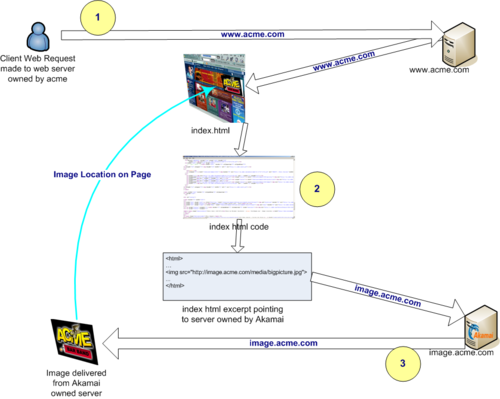MySpace.com was at one point generally perceived as the largest and most popular social networking site, but what does that really mean for its uses for the future?
For example, its use as a learning tool. So, there are always these stories regarding both sides for social networking sites, either schools(teachers, professor, officials) are pro or against them. As to not repeat some of what others have written, the bottom line is that with technology and the future, social networking sites of some kind (maybe not necessarily MySpace.com), any kind, will from now on always exist in some form and it seems ridiculous for anyone to try to ban them completely. While I am not suggesting that educators allow their students to spend their class time on Myspace.com, it seems only natural for it to be an extension of the classroom if the students so desire. As seen in this article.
We already embrace and use tools such as Blackboard.com that is wide accept as a deliver system for our course documents. There are aspects of the tools on that site which are underused in most classes today, although that is the beauty of the customization. Each educator uses the aspects of blackboard which they will find most useful. I find at our particular institution that we under use the discussion board. I have only ever used it in one class, and it wasn’t even a class at this university. It would be nice to see what other students have asked at office hours in one location although in other ways I understand why some professors might not want that readily available to all students. What I personally see as the future of things such as blackboard.com are ways to incorporate other resources for students to learn. How many times have you been in a class and wished that there was an alternative book or online notes that you could look at. While I can understand that may undermine a professors work, they do realize that not all students will learn in the same way. Personally, I search for alternate sources for information all the time, google.com is the gateway to all other resources, and in it is my opinion that in the future, there will be classroom sites where students such as myself can post all the extra resources we have found and are using. In learning too many people are not open to the idea to exchanging information. I am not suggesting exchanging work, although that seems to be what most people think of when students use the phrase “information exchange.” What I am suggesting, are things such as the MIT OpenCourseWare where one can use other sources to enhance learning but as an integrated tool to Blackboard.com. The approach of using Myspace.com for such an addition seems troublesome. The major problem with using those type of tools is that they’re not truly made for such things and there are numerous other superfluous distracting information. Such as someone creating a Facebook group to discuss a particular class. It usually does not happen. It’s not the major function of the tool.
This brings me to my other point, how is MySpace perceived today? One could say that MySpace.com “is the Walmart of social networking sites.” This blog post on Wired.com details a person’s opinion of how MySpace is the lowest denominator of social networking sites, and it implies that it is of low information quality caliber which many people in this class may agree with. The article suggests that due to the amount of spam and content of such minimal value amounts to most people becoming frustrated and deleting their accounts. Thus they are implying that most people will use the niche networking sites for the particular aspects of Myspace.com provides. While I personally do not think that an extraordinary amount of people will leave MySpace.com I do not see it being used widespread as a tool for any “serious” goals since any interest / group / idea of a particular type will go to the niche equivalent. Example, to find a job, I would post a profile on LinkedIn since that would garner a specific type of respect, than let’s say me posting my resume on MySpace.com. Both articles suggest at the end the same thing, that we will move towards niche social networking sites to fill our needs. All of this highlights the separation of information subdivided into smaller networks (the niche networks). While it seems likely that Walmart (MySpace) will always exist, we won’t necessarily continue to shop there for all our needs.




Posted in Topics: Technology, social studies
View Comment (1) »